Exploring the Magic of Hand-Held Bubble Wands
Bubbles are a timeless favorite of children and adults alike. From the simple pleasure of blowing bubbles with a straw and soap to the more sophisticated bubbles created by modern bubble machines, there is something magical and captivating about these iridescent spheres.
One of the most popular ways to create bubbles is with a hand-held bubble wand. These simple devices come in a variety of shapes and sizes and are often used at outdoor events, parties, and other celebrations. But what is it about these wands that make them so effective at creating bubbles, and how can we explore the science behind their magic?
Bubbles are formed when air is trapped inside a thin film of liquid, such as soap, detergent, or glycerin. The thin film is able to stretch and form a spherical shape around the air, creating the iconic bubble shape. The properties of the liquid film, such as its thickness and surface tension, determine the size and stability of the bubble.
Hand-held bubble wands are designed to create the ideal conditions for bubble formation. The wand typically consists of a wire frame that is dipped into a solution of soap and water, allowing the solution to coat the wire frame. When the frame is then waved through the air, it creates a stream of air that blows through the soap film, creating bubbles as it goes.
The design of the hand-held bubble wand is crucial to its effectiveness at creating bubbles. The shape and size of the wireframe, as well as the spacing between the wires, all play a role in the size and stability of the bubbles that are created. A larger frame with wider wire spacing will create larger bubbles, while a smaller frame with tighter wire spacing will create smaller, more stable bubbles.
Hand-held bubble wands offer a fun and engaging way to explore the science behind bubbles. Children can experiment with different soap solutions, try different types of wands, and observe how changes in the solution or wand design affect the size and stability of the bubbles.
Hot Products
-

24 Boxed Color Children's Bubble Wand
-

100pcs White Love Outdoor Bubble Water Toys Bubble Wand
-
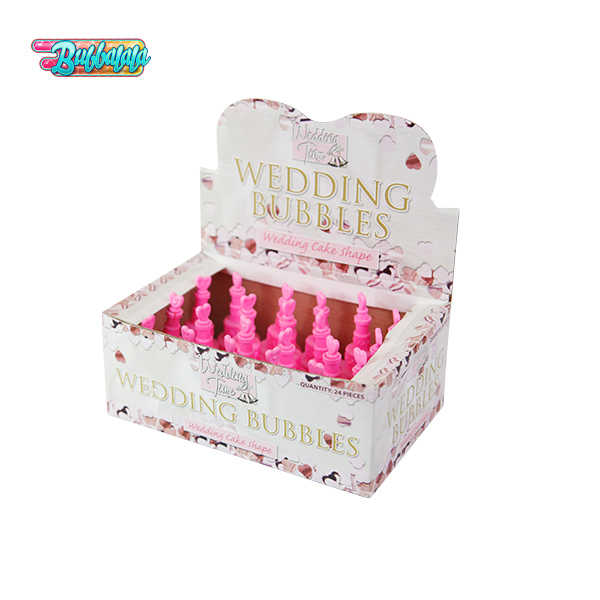
Pink Heart-shaped Cake Bubble Wedding Bubble Water Toys
-
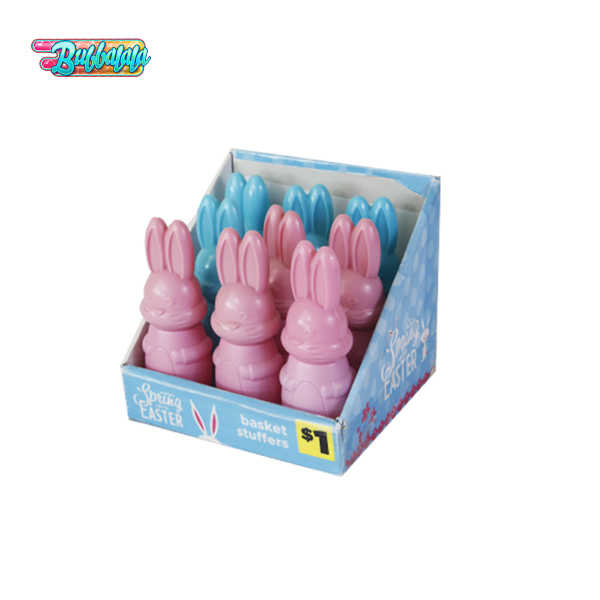
Cute Bunny Bubble Water Children's Toys
-
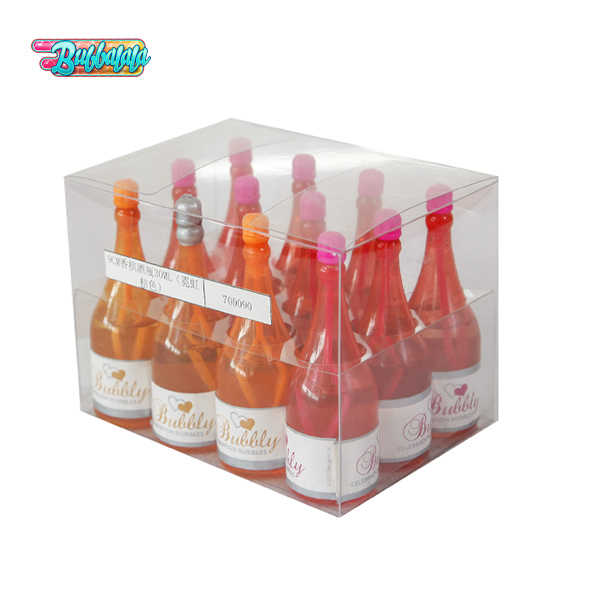
12 Bottles Orange Bubble Water Wine Bottle
-
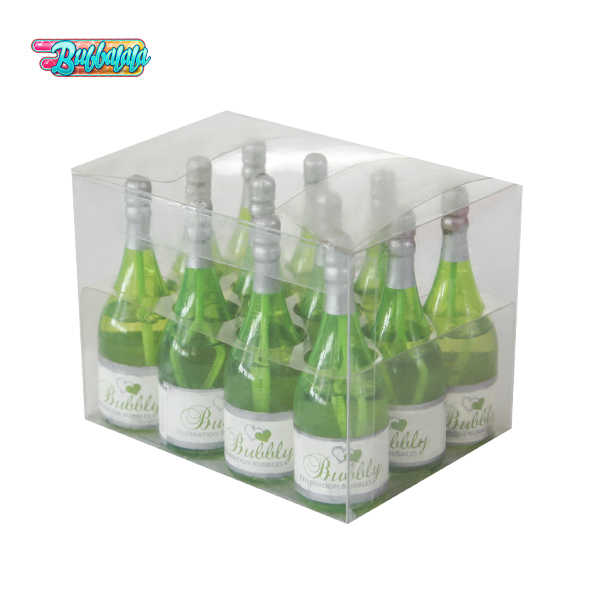
12 Bottles Green Bubble Water Wine Bottle
-
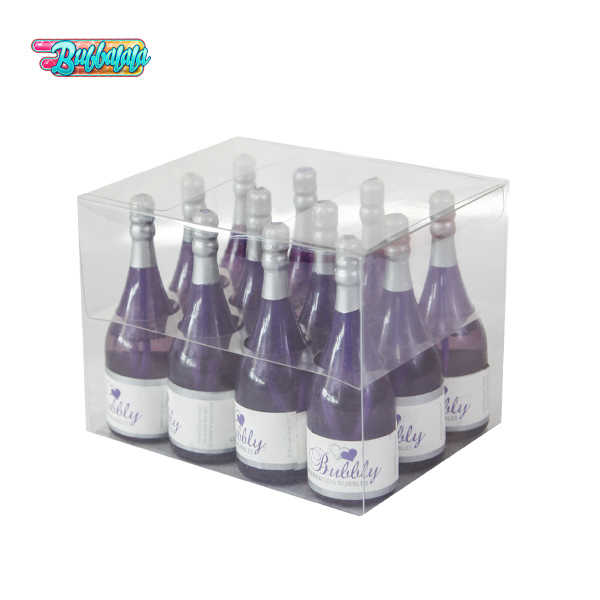
12 Bottles Purple Bubble Water Wine Bottle
-

Ice Cream Bubble Toys Bubble Water
-
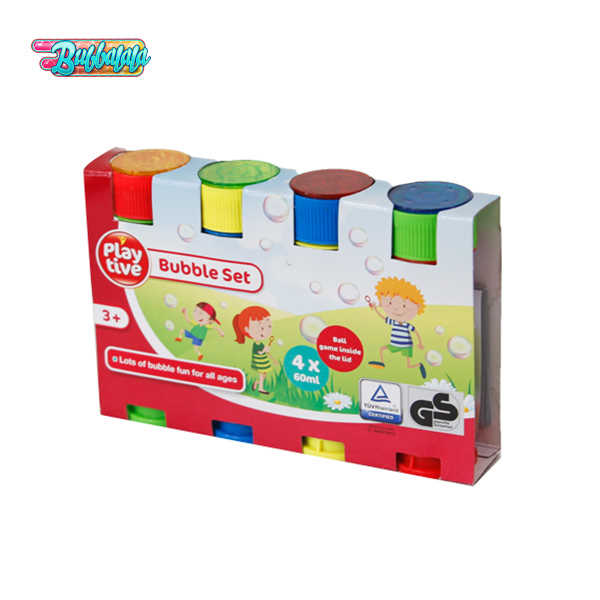
Four Bottles of Bubble Water Sets Bubble Toys
-
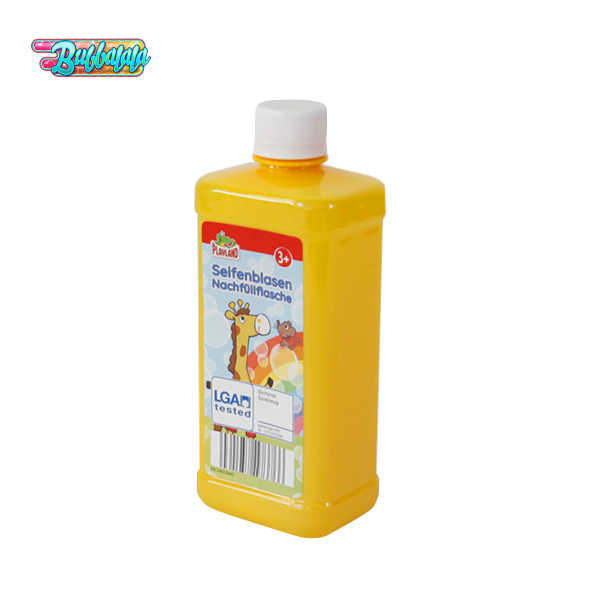
Large Capacity Bubble Bottle Bubble Water
-
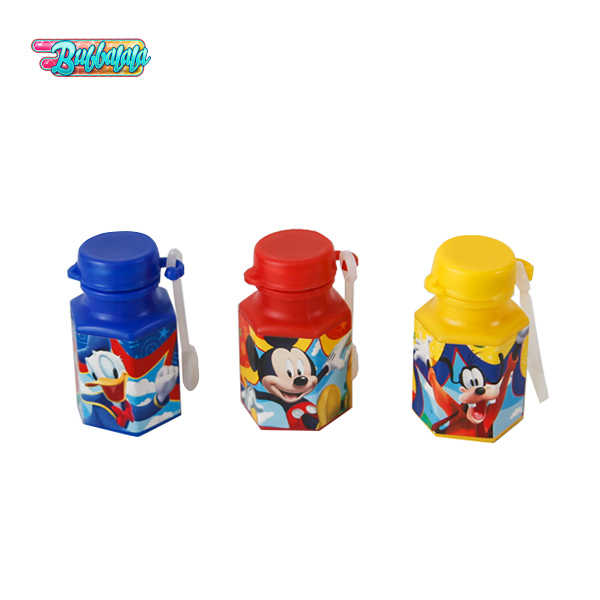
Plastic Bubble Toys Mini Hexagonal Bubble Bottle
-
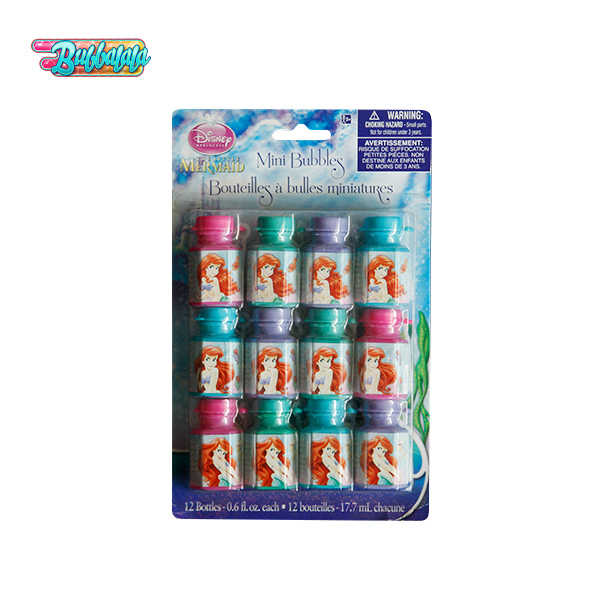
Cute Princess Hexagonal Bubble Water Toys

 English
English 中文简体
中文简体
